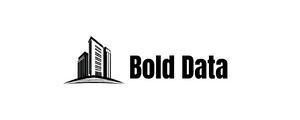Therefore, this task requires knowledge about the anatomy and functioning of the cardiovascular system , in addition to changes that signal diseases. It is necessary for the physician to pay attention to important details from the anamnesis. That is, considering the patient’s history , behavior and complaints to formulate a clinical suspicion and indicate the appropriate procedures to confirm or rule out the diagnostic hypothesis . I talk about these steps in the next topics, including the main exams to support cardiac diagnosis and how to optimize their interpretation with telemedicine . What is cardiac diagnosis? Cardiac diagnostics is a set of techniques used to detect cardiovascular pathologies .
It is a process based on information gathering
Analysis and clinical reasoning to formulate a conclusion that supports the diagnosis. By enabling the transport of nutrients and oxygen to cells, heart and blood vessels are essential for the proper functioning of all body systems. This makes Poland Phone Number Data the fact that cardiovascular diseases accounted for nearly 9 million deaths worldwide in 2019 even more worrying . Which corresponds to 16% of all deaths, according to estimates by the World Health Organization (WHO). These pathologies cause about 380,000 deaths in Brazilians every year , according to the Brazilian Society of Cardiology (SBC). Strengthening clinical reasoning and cardiac diagnostic tools is essential to change this scenario, enabling early detection of these diseases.
How is the cardiac diagnosis made
Cardiac diagnosis usually begins with a medical consultation , which can be in person or online . It is during this meeting that the cardiologist Bold Data begins the investigation of a disease or health problem. Based on the collection of information shared by the patient. Next, I comment on the four common steps for formulating a cardiac diagnosis. 1. Anamnesis More than a simple interview with the patient , the anamnesis is a tool based on structured scripts and the physician’s direction to detect abnormalities. It also represents an instrument for building trust and proximity, strengthening the doctor-patient relationship and qualifying the diagnosis.







